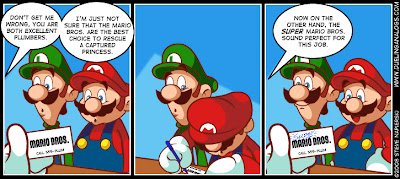By: Jessica Savoy
Executive Summary
Adam Werbach is an environmental activist who was elected as the youngest-ever national president of the Sierra Club in 1996 when he was just 23 years old. The Sierra Club is the oldest and largest grassroots environmental organization in the United States. In addition to “Strategy for Sustainability” Adam also wrote “Act Now, Apologize Later,” and has given countless speeches pertaining to environmentalism.
Werbach begins the book by describing his experience in New Orleans right before Katrina. He was there as an expert consultant for wetland restoration in an attempt to get funding for a new levee system, with no success. Through this catastrophe he learned two lessons. The first lesson was that he realized that environmentalism would no longer suffice. You cannot just focus on the environment; you must take into account our social, economical, and cultural sustainability as well as our ecological surroundings. The second lesson was that the corporate sector has the incentives, operational know how, scalability, and capability to respond to the global challenges that we face today, challenges on all four fronts. When it came to delivering supplies after Katrina, Wal-Mart was able to get to those in need before the government.
What is sustainability? This can be a difficult question to answer because the word has multiple meanings. Werbach defines sustainability as thriving in perpetuity. It drives a bottom-line strategy to save cost, a top-line strategy to reach new customer base, and a talent strategy to get, keep, and develop employees, customers, and your community.
There are four elements that make up true sustainability which include social, economic, environmental, and cultural. Social elements such as poverty, violence, education, and human rights can be described as simply acting as if other people matter. Economic actions affect how people and business meet their economic needs such as securing food, water, shelter. Environmental actions are conditions the affect the earth’s ecology such as climate change, preservation of natural resources, and the prevention of toxic waste. Cultural elements are how communities cultivate traditions from generation to generation. These four elements are what set the blue movement of sustainability apart from the green movement.
People become engaged when activities connect to what matters in their lives and what makes them happy. A survey of Wal-Mart associates revealed what mattered most and also incorporated the basic concepts behind sustainability. They believe that the environment is in crisis. They want to do something about it. They want to learn more about it especially when they have the chance to learn something new that they can share. On the other hand, if an expert talked above their head with facts and figures, they rebelled. Still, they have not made sustainability their top priority. Just as sustainability does not work for businesses unless it serves business needs first, sustainability does not engage individuals unless it first and foremost solves problems they experience in their lives.
It is time to move past the green movement into blue as the color of the sustainability movement. Blue integrates all four aspects of sustainability social, economic, environmental, and culture – and puts people at the center of the conversation. After all, only a small part of the world is green; it is mostly blue.
Other Publications
Werbach’s newest book entitled “Extinction/Adaptation” was released September 28, 2010. The book set up much like a children’s novel that illustrates humanities extinctions and adaptations through words and pictures. He begins the book with A for axolotl, which is a small salamander that is in danger of becoming extinct. The book includes topics that are humorous and witty as well as topics that are on a more serious note.


